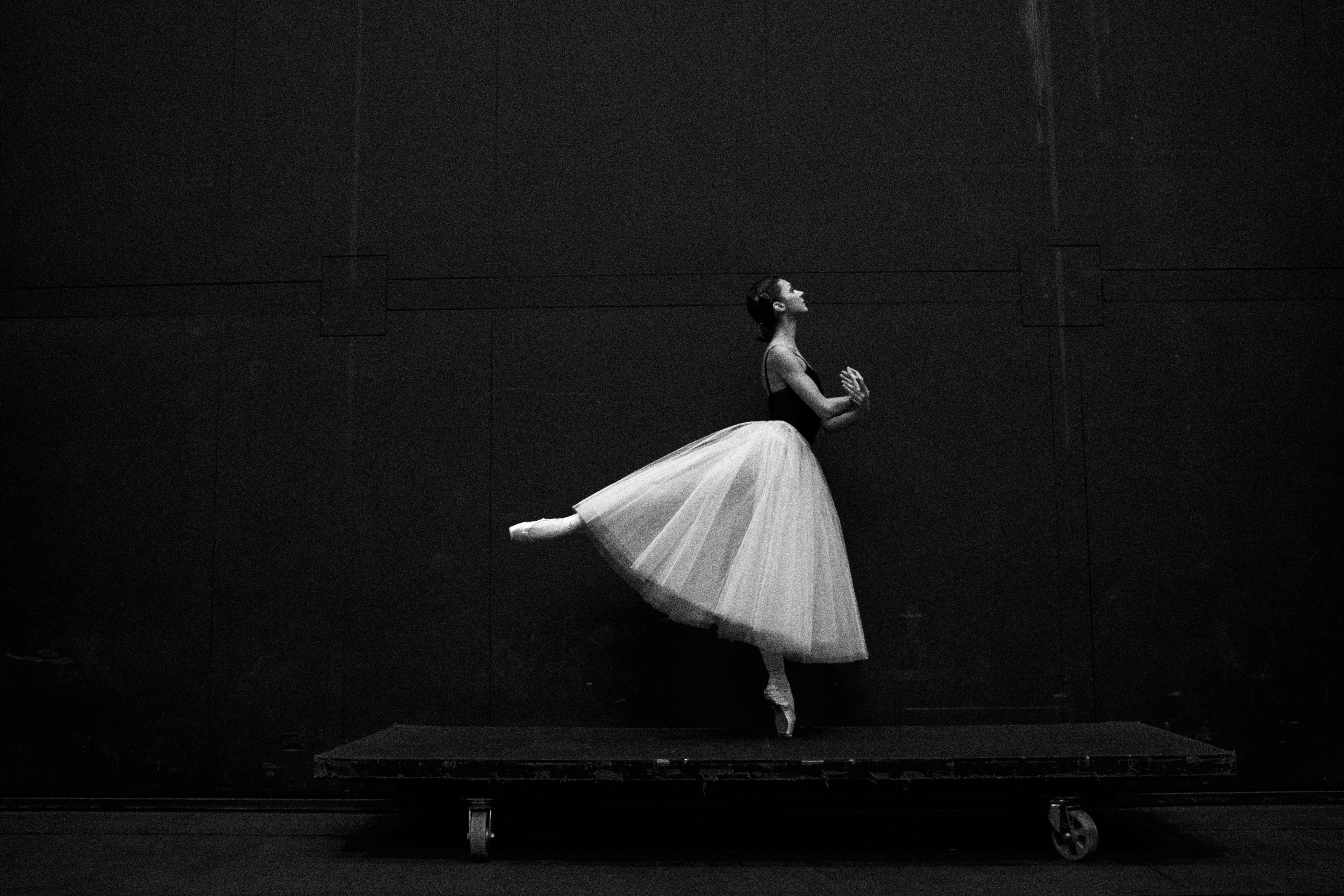The Intricate Dance of Cinema and Ballet: An Unforeseen Harmony
Ballet and cinema may appear to be worlds apart, existing in different artistic spheres and catering to distinct audiences. However, these two art forms share a profound connection, creating an intricate dance that has been elegantly choreographed over the decades. This relationship is far from superficial, with each medium enriching the other in unexpected ways.

A Balletic Blueprint in Filmmaking
Ballet’s influence on cinema extends beyond the explicit use of dance sequences. The structural principles of ballet — harmony, rhythm, and symmetry — have seeped into the core of filmmaking. Directors often borrow from the balletic blueprint to construct scenes, using visual rhythm and precise choreography to engage audiences, much like a ballet performance.
The Balletic Lens: Cinematic Interpretations of Dance
Cinema doesn’t merely borrow from ballet—it interprets and reinvents it. Films bring ballet to life in a new dimension, using innovative cinematography to explore the intricacies of dance. Close-up shots, slow-motion capture, and inventive angles provide a fresh perspective, letting audiences appreciate the grace and athleticism of ballet like never before.
Ballet in Cinema: A Narrative Tool
Often, ballet is used in cinema as a narrative tool, a metaphor, or a means of character development. It can represent a character’s discipline, passion, or their struggle for perfection. Furthermore, ballet can serve as a motif to underline themes of beauty, frailty, and sacrifice, making it a powerful storytelling instrument.
Ballet Biopics: A Genre in Its Own Right
In recent years, ballet biopics have carved out a niche for themselves in the cinematic landscape. These films like “Black Swan” and “The Red Shoes” delve deep into the world of ballet, offering intimate portraits of dancers while exploring themes of obsession, dedication, and the cruelly ephemeral nature of a dancer’s prime.
The Reciprocity of Influence: Ballet Inspired by Cinema
The influence is not one-way. Modern ballets have begun to draw inspiration from cinema, with choreographers designing dance pieces around cinematic techniques such as jump cuts and close-ups. Some ballets even adopt cinematic narratives, incorporating elements of suspense, romance, and drama in their performances.
Useful Tips and Facts:
- The 1948 film “The Red Shoes” is considered a seminal work blending ballet and cinema.
- Ballet sequences in films are often used to depict dreamlike states or heightened emotional moments.
- Ballet biopics often feature rigorous training sequences to highlight the physical demands of the art form.
- Choreographers sometimes use films to inspire their ballet performances, creating a symbiotic relationship between the two art forms.
The interplay between ballet and cinema is a testament to the fluidity of art, demonstrating how disparate forms can converge to create something unique. As ballet continues to dance across the silver screen, and as cinema finds new ways to interpret and present dance, one can only expect this relationship to deepen and evolve. This intricate dance between cinema and ballet is more than a trend; it is an unforeseen harmony that adds a new layer of depth to both art forms.




